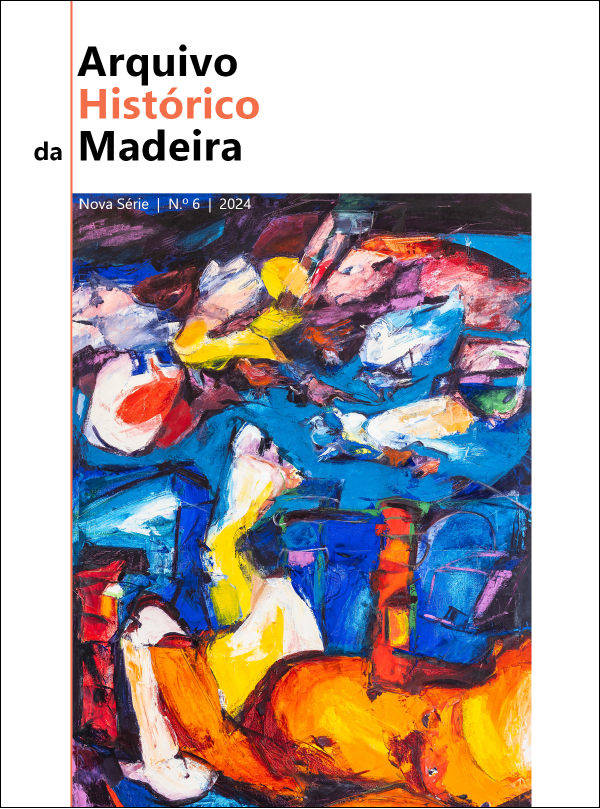Lime and Construction in the Madeira Archipelago in the 17th-18th Centuries
Abstract
The construction of royal buildings and private constructions in the 17th-18th centuries encouraged the exploration of quarries and lime kilns in the Madeira archipelago, in part associated with the growing income from viticulture. The limestone outcrops on the islet of Baixo and on the islands of Porto Santo and Madeira partially covered the local needs, but lime continued to be imported from mainland Portugal. The number of lime kilns doubled between those centuries, not counting field kilns, which were located, for economic reasons, in the vicinity of the building site. In the late 18th century, the ban on using firewood to calcine limestone changed the typology of lime kilns, which began to use imported coal and were established in peripheral areas or in the vicinity of quarries. Lime was highly valued for the composition of different mortars used in building construction and maintenance. For all intents and purposes, imported lime had the same properties as lime manufactured with local raw material.
Keywords
Limestone; Firewood; Coal; Limekiln; Lime.
Downloads
Published
Issue
Section
License
Copyright (c) 2024 Arquivo Histórico da Madeira, Nova Série

This work is licensed under a Creative Commons Attribution-NonCommercial-NoDerivatives 4.0 International License.



